Sometimes when you’re cooking or baking, it’s handy to know different conversions. Maybe you’re doubling a recipe to serve twice as many people. Or on the flip side, maybe you’re halving it to serve less. Here are some basic conversions that will help you out!
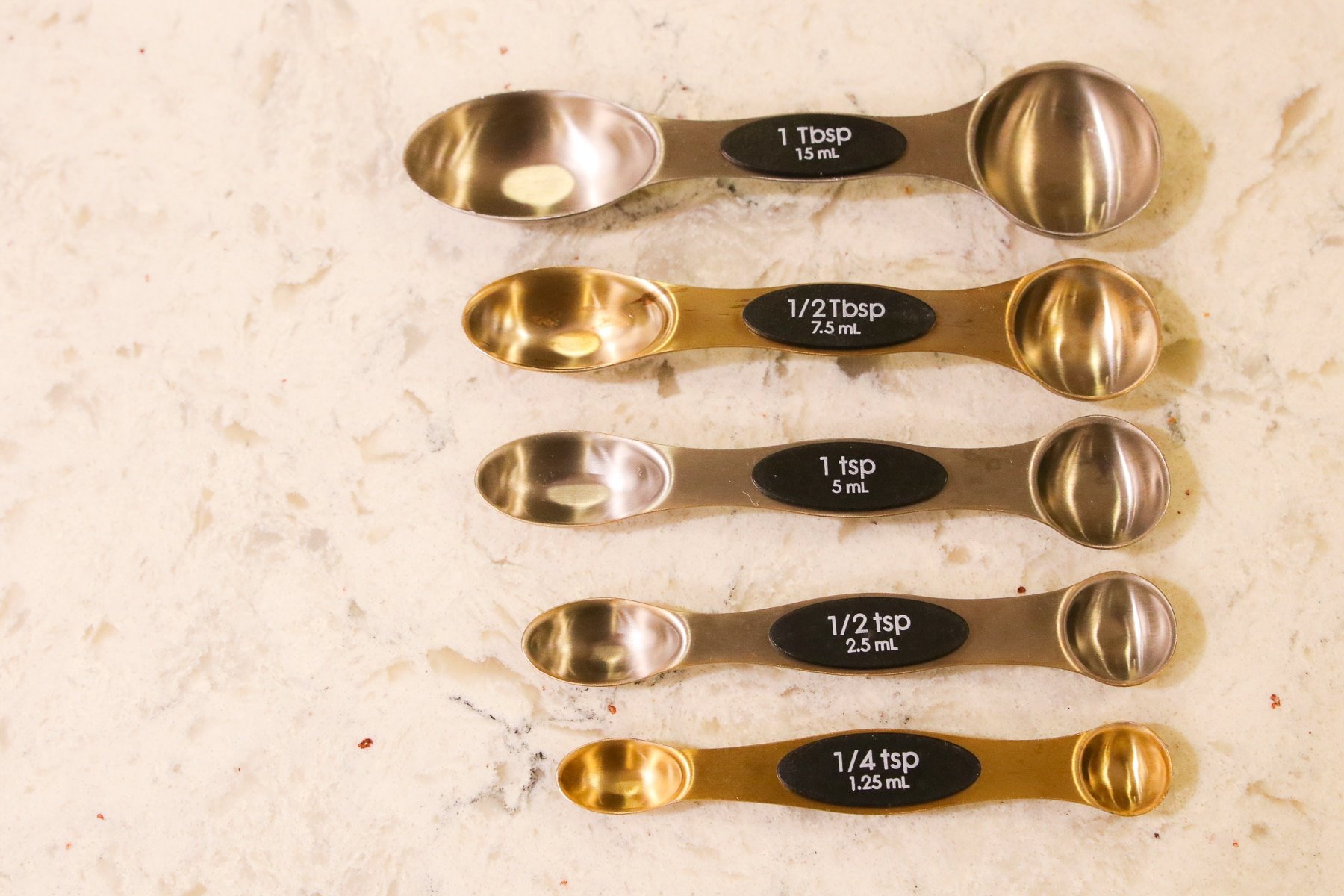
How many tablespoons are in ¼ Cup?
There are 4 tablespoons in a ¼ cup measuring cup. So if you need ¼ cup of an ingredient, you’ll have to scoop out 4 level tablespoons to have the same amount. Try not to pack the ingredient in, a simple scoop, then tap to level is fine. When baking, it is important to be more precise, so I do take the extra step to level the ingredient with a clean knife. So scoop, tap, then level with the knife and you’re done!
Cups to Tablespoons Conversion Chart
| 1 Cup | 16 TBSP | 8 fl oz | 240 ml | 48 tsp |
| ¾ Cup | 12 TBSP | 6 fl oz | 180 ml | 36 tsp |
| ½ Cup | 8 TBSP | 4 fl oz | 120 ml | 24 tsp |
| ⅓ Cup | 5 TBSP + 1 tsp | 2.7 fl oz | 80 ml | 16 tsp |
| ¼ Cup | 4 TBSP | 2 fl oz | 60 ml | 12 tsp |
In the chart above, the abbreviations are as follows:
TBSP = Tablespoons
Fl oz = Fluid Ounces
ml = milliliters
Tsp = teaspoons
What are the Best Types of Measuring Spoons?
Throughout my decades cooking & baking, I’ve come to like some measuring spoons much more than others. Here are the types I like:
- Use measuring spoons with one side rounded and the other side oblong. These are important for fitting the measuring spoon inside small jars of spices!
- Use measuring spoons that can be detached from each other. Most often when you buy measuring spoons, they’re sold in sets, with all 5-6 grouped together. I have a few sets like that! But most often, I find myself reaching for the ones I’ve separated. So much so that those are the only ones I buy now!
- Use metal measuring spoons. Don’t even bother with plastic. They can warp & break much more easily than metal.
- Forego the fancy measuring spoons. I know, they’re so cute. But often they’re thicker, heavier and have more edges and ridges, which just makes the cooking process more cumbersome. Buy them and put them on display somewhere in your kitchen, but don’t actually use them to cook.
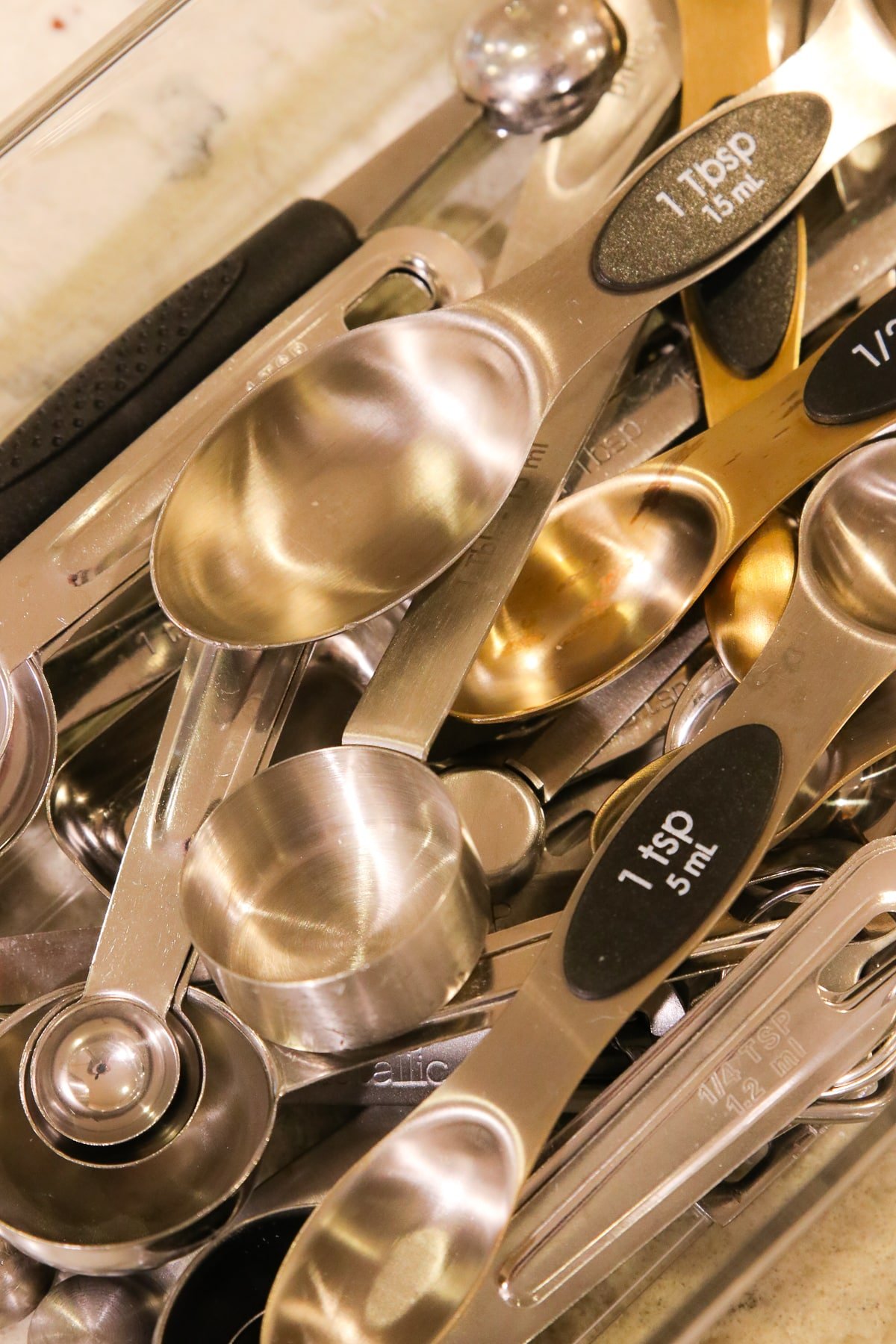
How to You Measure Dry Ingredients?
To understand how to measure dry ingredients, I’ll use the example of measuring flour. This method I’m describing is one most home cooks use. To measure 1 cup of flour, you scoop out flour using a tool that’s NOT your measuring cup and deposit the flour into the 1 cup measuring cup. I gently shake the cup from side to side just to level the flour a bit. Then I use a clean butter knife to level off the flour. If you just need 1 tablespoon of flour, I’d simply scoop up flour using my tablespoon measuring spoon and again, level with a knife.
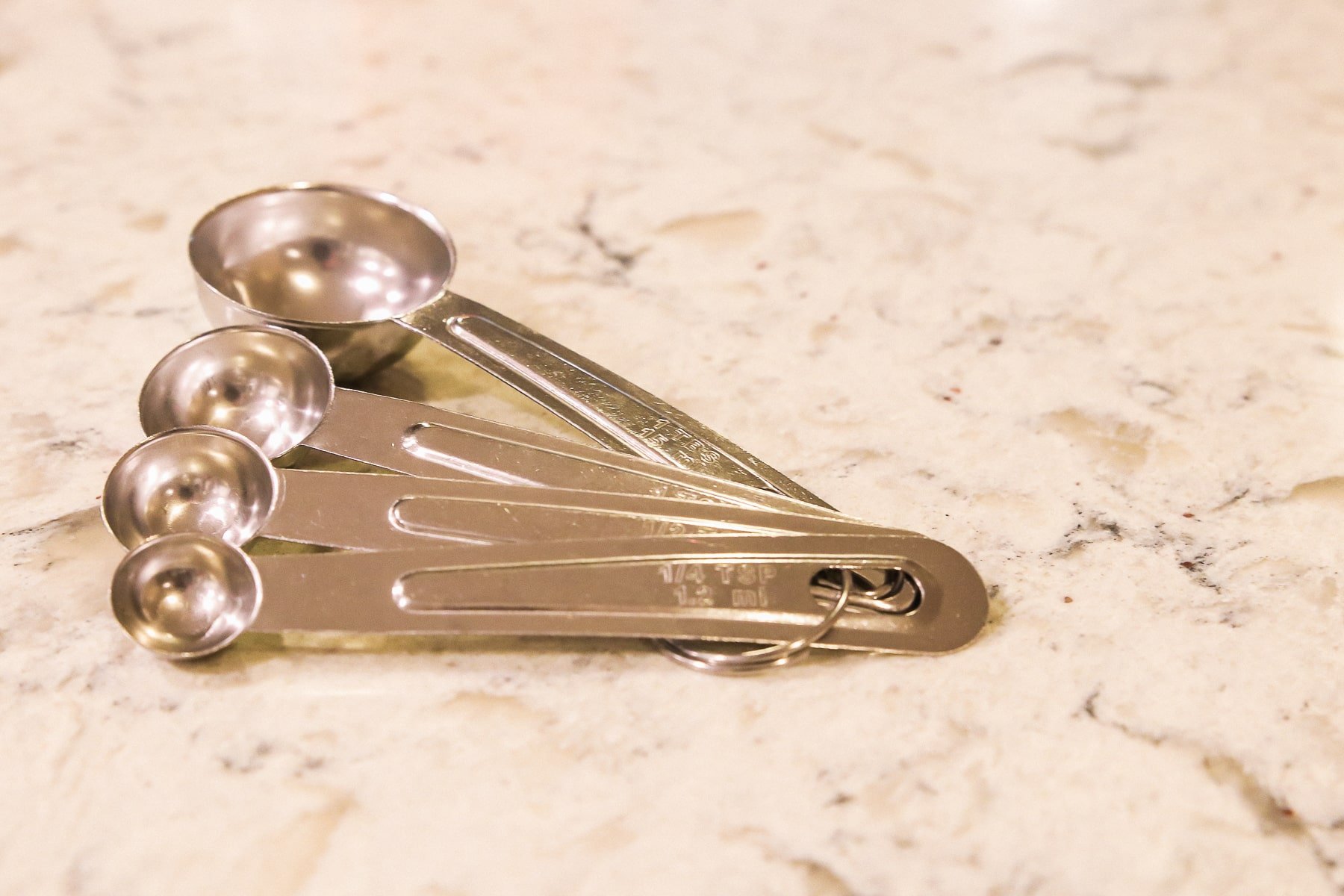
Do you have to level ingredients when you measure them?
Honestly, whether or not you need to level ingredients depends on what you’re making. If you’re baking macarons, a delicate French cookie that requires exactness, then yes, you’ll need to level. But if you’re making a coating for fried chicken, no, the ingredients don’t require near the same precision.
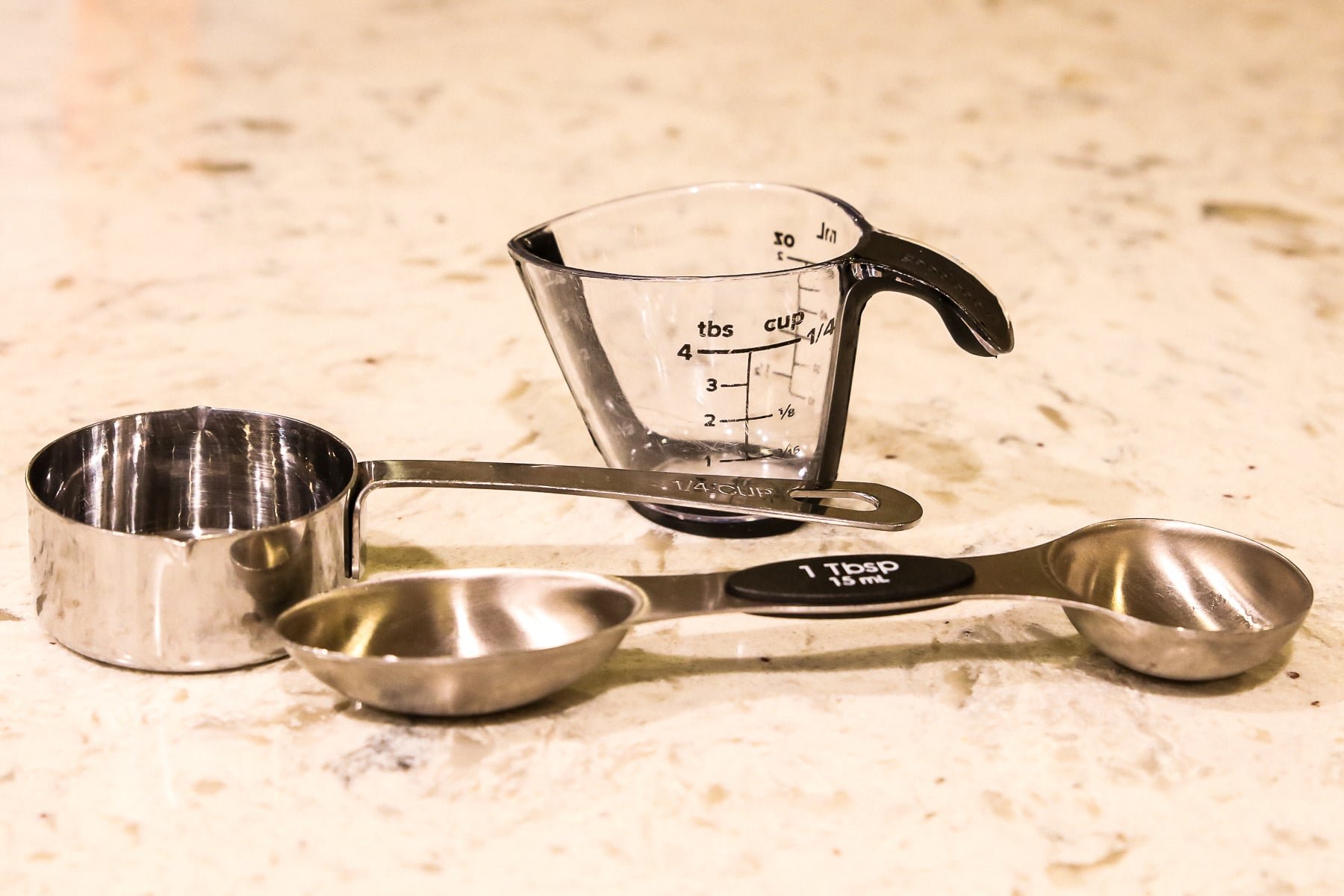
How do you Measure Wet Ingredients?
Wet ingredients are generally measured out using glass measuring cups. Despite having the same name as dry ingredient measuring cups, wet ingredient cups have a handle and pour spout. To measure water, you’ll fill the measuring cup, first estimating the amount you’ll need. Then, stoop down to eye level so that you can accurately gauge how much water is in the cup. Pour out or add water as needed, waiting for the water to settle, then check at eye level the amount in the cup until you have the exact amount needed.
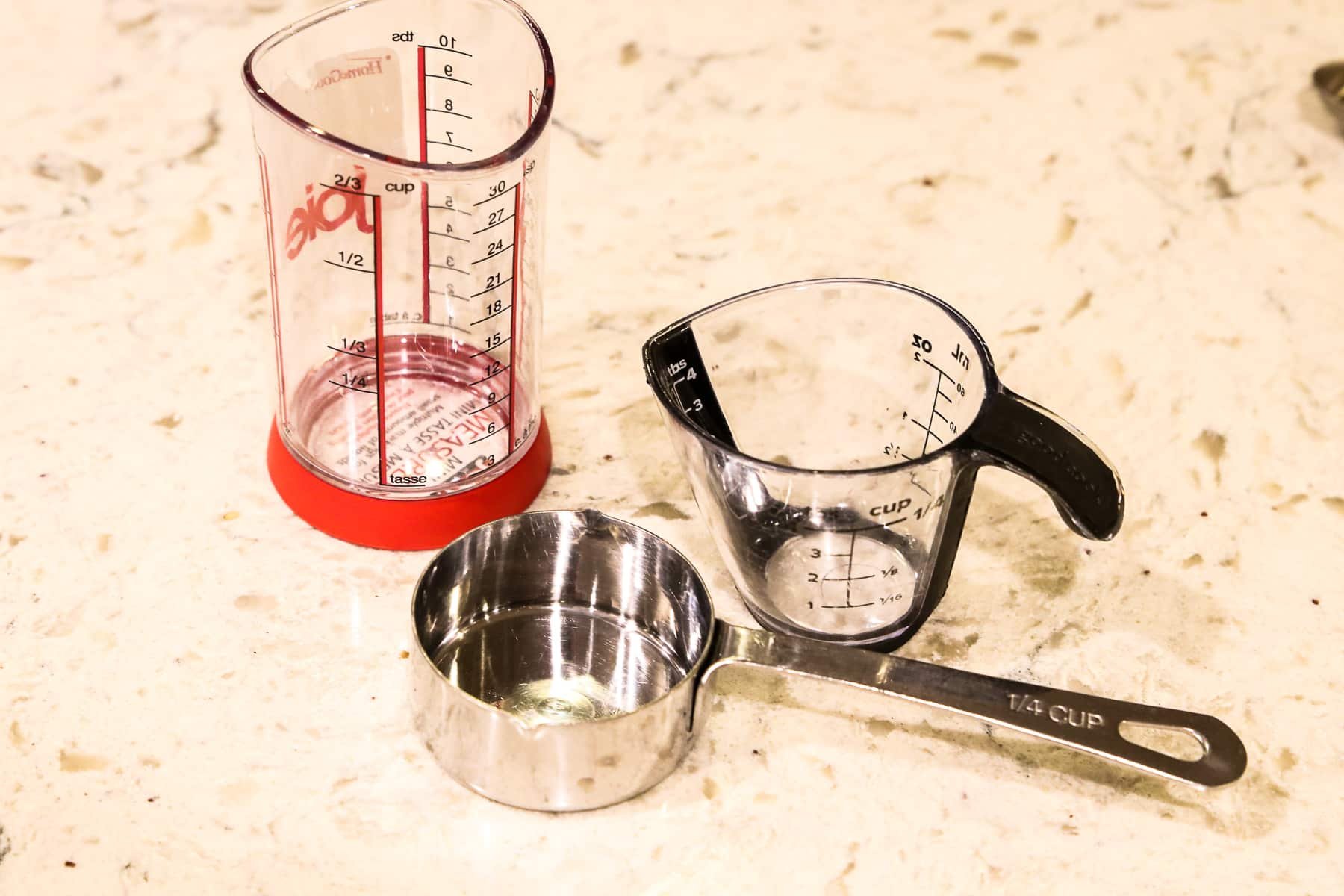
Why doesn’t the United States use the Metric system?
Does anyone really know why the US doesn’t use the metric system while most of the rest of the world does? Ha! Tradition and money are the main reasons. Let’s blame it on Thomas Jefferson! Americans adopted the British Imperial System, now just known as the Imperial system, although the US has made slight adjustments and called those the United States Customary Units. (USCS)
Only 3 countries in the world still use the Imperial system, the United States being one of them. That seems so American, doesn’t it?! Honestly, it truly does come down to tradition and money. The US doesn’t want to spend the money to train and adopt a new measurement system. Maybe someday we will?

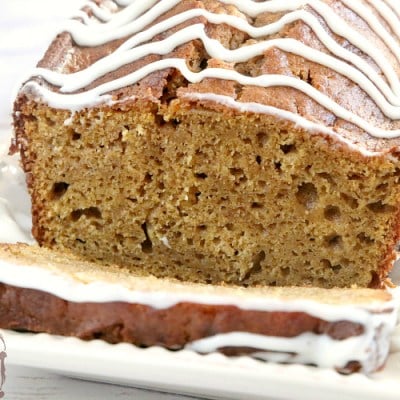
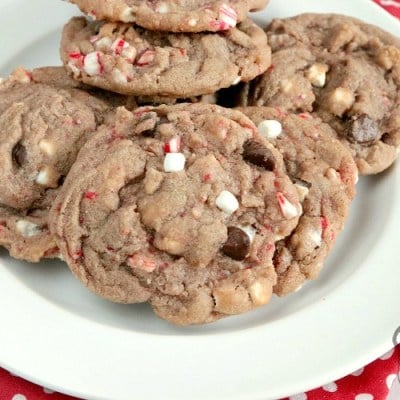
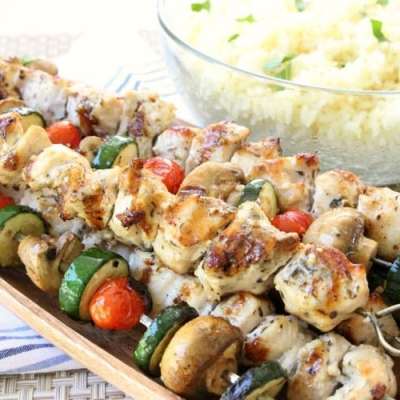
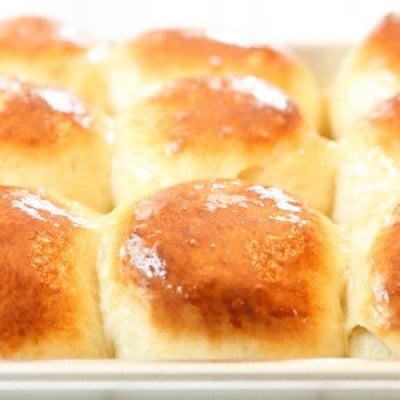
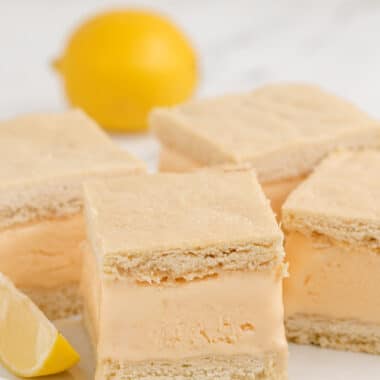
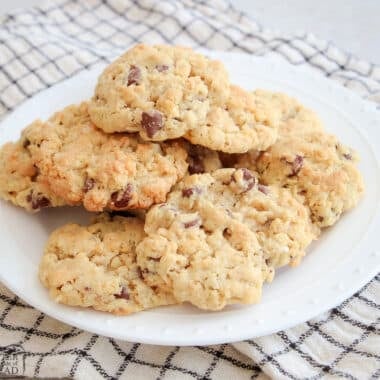
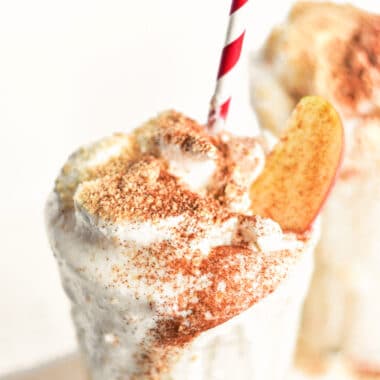

Leave a Reply